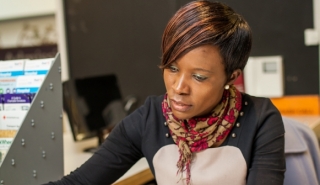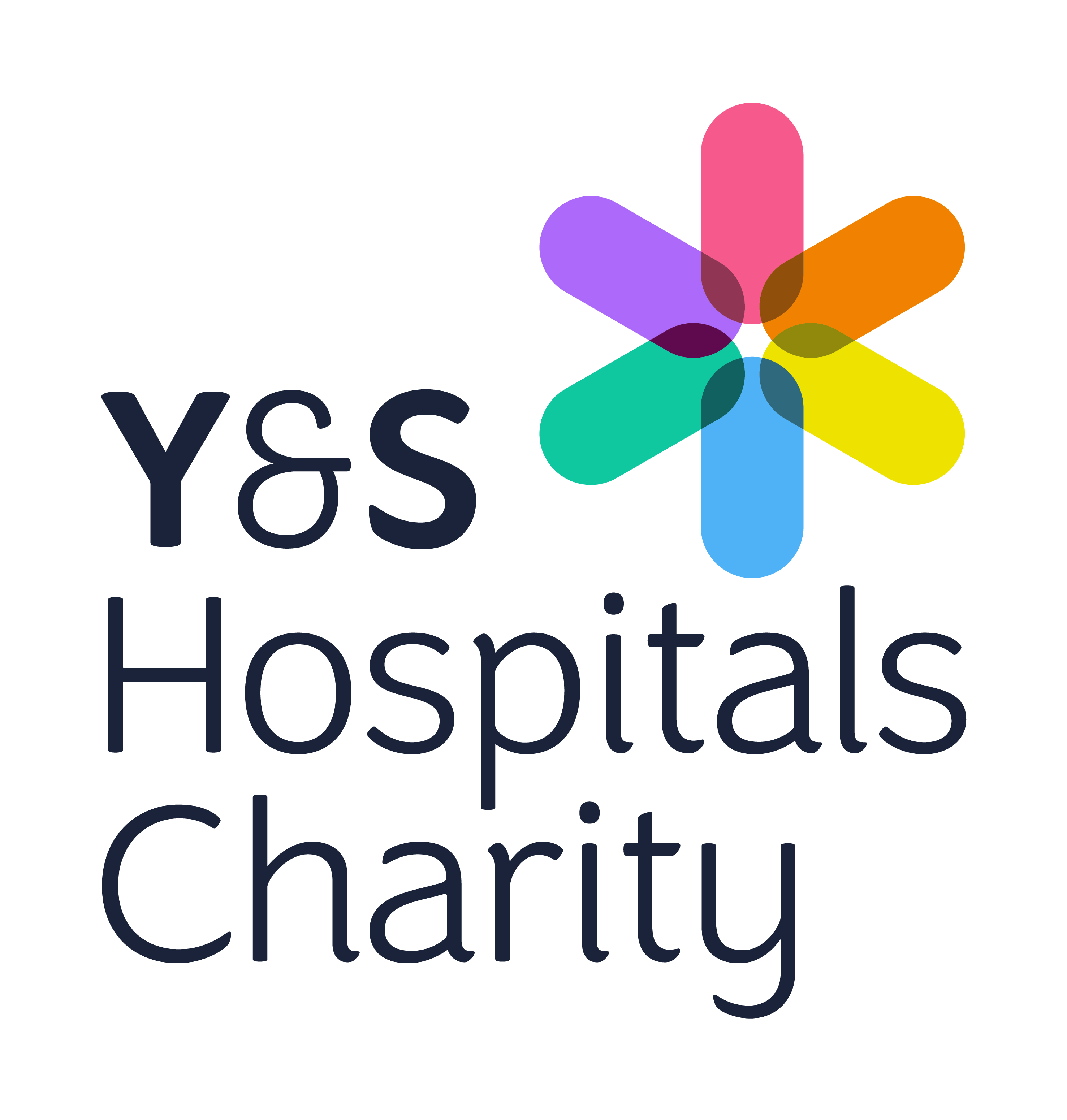In this section
Best Practice to Obtain Quality Blood Culture Samples
The York Teaching Hospitals NHS Foundation Trust “Venepuncture and Cannulation Training Package [including Blood Culture Sampling]” provides staff with the knowledge and skills necessary to implement safe and effective venepuncture; blood culture sampling and cannulation practice within the NHS.
Blood culture to detect bacteraemia is an important investigation with major implications for the diagnosis of patients with infection and the selection of appropriate treatment. It is essential to maximize the quality and clinical value of blood culture investigations and reduce the incidence of sample contamination and ‘false positive’ readings/results. This will help improve patient care and contribute towards compliance with our MRSA target.
A ‘false positive’ is defined as growth of bacterial in the blood culture bottles that were not present in the patients’ bloodstream and were introduced during sample collection.
Good Practice in obtaining Blood Cultures (DH, 2007):
- Blood cultures should be taken only when clinically indicated and for most patients who are unwell enough to start parenteral antibiotics for presumed infection. Note that low body temperature is as important as high temperature in sepsis and many elderly patients are not normothermic.
- Don’t leave Blood Cultures for the phlebotomy round
- Make every effort not to contaminate equipment or the specimen
- Wherever possible, take cultures before starting antibiotic therapy, but if on therapy, take blood cultures just before next antibiotic dose is due.
- Only culture the blood once or twice during each clinical episode. (However, this may vary in haematology/oncology patients).
- If not clinically contraindicated, it is generally recommended that two sets (ie 4 bottles) of cultures be taken at separate times from separate sites. Do not use existing peripheral lines/cannulae or sites immediately above peripheral lines. If a central line is present, blood may be taken from this and from a separate peripheral site when investigating potential infection related to the central line - the peripheral vein sample should be collected first.
- Two sets of cultures give the optimum volume of blood (30-40mls) to maximize sensitivity and help distinguish genuine positives from contaminants. If two venepuncture sites are not possible, then take 40mls from one site if these volumes are not contraindicated.
- The bottles contain crystals which act as antibiotic removal devices.
- The bottles are suitable for use with all patients whether on antibiotics or not.
- Check the expiry date, that the broth is not cloudy, and that the spot on the bottom is plum coloured, not dark brown.
The prepared equipment required for obtaining of blood cultures is:
- Cleaned Daniels Tray with integral Sharps Box
- Request form/Order Comms request
- Two sets of blood culture bottles [A set of bottles consists of one anaerobic bottle (gold topped bottle) and an aerobic bottle (blue topped bottle)] [Figure 3]
- 4 neutral sterile sample bottles and 6 needles
- Tourniquet
- Gloves
- Recommended skin cleansing wipes (2% Chlorhexidine/70% Alcohol)
- Plaster/sterile gauze and tape
Procedure for obtaining Blood Cultures (DH, 2007)
Aseptic Non Touch Technique (ANTT) must be practiced throughout Procedure
|
Action |
Rationale |
|
Wash hands with warm water and soap, dry thoroughly then use an alcohol hand rub |
To undertake effective hand hygiene and reduce the risk of infection to the patient (Hobson, 2008) |
|
Assemble the required equipment in the cleaned Daniels Tray |
To ensure timely undertaking of the procedure |
|
At the patient’s side identify the patient by asking them to verbally state their name and date of birth, wherever possible. If patient confused, unconscious or otherwise unable to provide verbal identification a responsible person should be asked to verify the identity. Check the verbal details are matched with the patient identifier (wristband or photo ID) and this matches fully with the request or Order Comms form. The request form/Order Comms form should contain: - First name - Gender - Numeric identifier - Last name - Date of birth - Signature of person requesting the sample and contact details |
To ensure the correct sample is obtained from the correct patient |
|
Explain exactly why the blood tests are required and give the patient an opportunity to give or withdraw consent and to ask any questions |
To implement best practice in gaining informed consent from the patient |
|
Request that the patient is either sitting or lying down, not standing up |
The patient may faint or have a vasovagal attack. Also, there is also evidence to suggest that posture affects blood results (Guder et al 1996). |
|
Ask the patient if they have a preferred arm, or if there have been any previous difficulties experienced |
To minimize difficulty in obtaining the sample |
|
Position the patient’s arm on a pillow if possible, and extend the arm out |
In order to bring the veins nearer to the surface and ensure stability |
|
Choose a site on an arm that is not receiving intravenous fluids. If the other arm is not available, and if clinically acceptable, stop the infusion for 15 mins |
To allow the circulating fluid to be dispersed before sampling. Ensure the fluids are restarted once the sample is taken. |
|
Apply the tourniquet, selecting appropriate vein access site, demonstrating awareness of contra-indications and other factors influencing choice of site. If the tourniquet has been on for more than two minutes at this point, it should be released and left for a few minutes before reapplying. |
To ensure effective palpation, avoidance of artery and selection of access site |
|
Clean the chosen site with the recommended skin cleansing wipe (2% Chlorhexidine/70% Alcohol), in one direction, for 30 secs, allowing to dry for 30 secs. |
To effectively remove surface bacteria/flora to reduce risk of infection. Do not palpate site after cleaning |
|
Wash hands with warm water and soap, dry thoroughly then use an alcohol hand rub. Apply gloves |
To reduce infection risk to both patient and staff, and reduce practitioner blood contamination in splashes, spillage and injected infective material in the event of a needlestick injury (RCN, 2005, Hobson 2008,YHNHST, 2010c) |
|
Attach the syringe to the needle and have the other sample bottles near to hand. Bottles can be pre-vacced at this point only if the patient’s veins are good and you are an experienced practitioner. |
Pre-vaccing the syringes prior to use may cause the vein to collapse. |
|
Do not bend the needle prior to insertion |
The needle itself or metal fragments can shear off and cause mini emboli. The narrowed needle can also cause the red blood cells to haemolyse. |
|
With one hand anchoring the skin below the chosen site, enter the needle into the vein quickly and smoothly, beveled edge upwards. Once the vein has been entered, release the skin and stabilise the hub of the needle. Withdraw the plunger with the other hand. |
To minimise patient discomfort and ensure effective obtaining of the sample |
|
Refer the procedure to a more experienced practitioner if unsuccessful after two attempts. |
To reduce patient discomfort and ensure effective sampling |
|
Cease venepuncture if a haematoma develops. Either have a second attempt in another area or refer to a more experienced practitioner. |
To reduce patient discomfort and ensure efficient sampling |
|
Once all the specimens have been taken and the last bottle removed, release the tourniquet, remove the needle and discard into sharps container. Cover the puncture site with gauze and tape, do not apply pressure until the needle has been removed from the vein. Pressure should be applied to the vein for at least 60 seconds and the patient should be asked to keep their arm straight. The site should then be checked and either left open or covered with a plaster/sterile gauze and tape. |
To reduce infection risk, and minimise venous damage and pain. |
|
Attach a new needle onto each neutral monovette syringe. Remove caps from blood culture bottles and wipe top with cleansing wipe for 30 seconds. Allow to dry for 30 seconds. Inject slowly, do not force, one neutral monovette syringe per blood culture bottle. Complete culture bottle label. |
To reduce risk of cross contamination of sample |
|
Discard needles and syringes into sharps container |
To avoid needlestick injuries |
|
Wash hands after removing gloves |
To reduce risk of infection |
|
Record the procedure with indication for culture, time, site of venepuncture and any complications in the patient’s record |
To ensure completeness of documentation and record keeping |
Web Page 33 Last Reviewed: 01/07/2019






